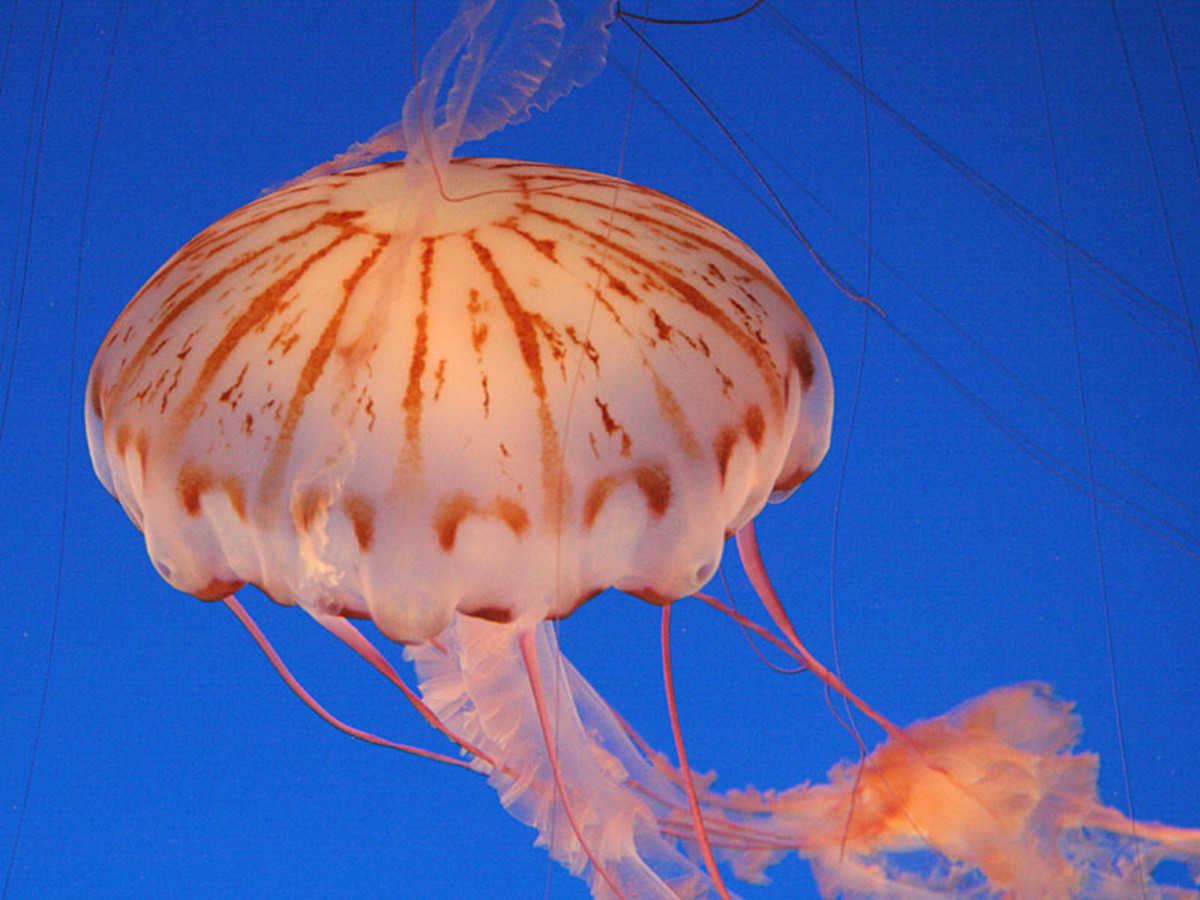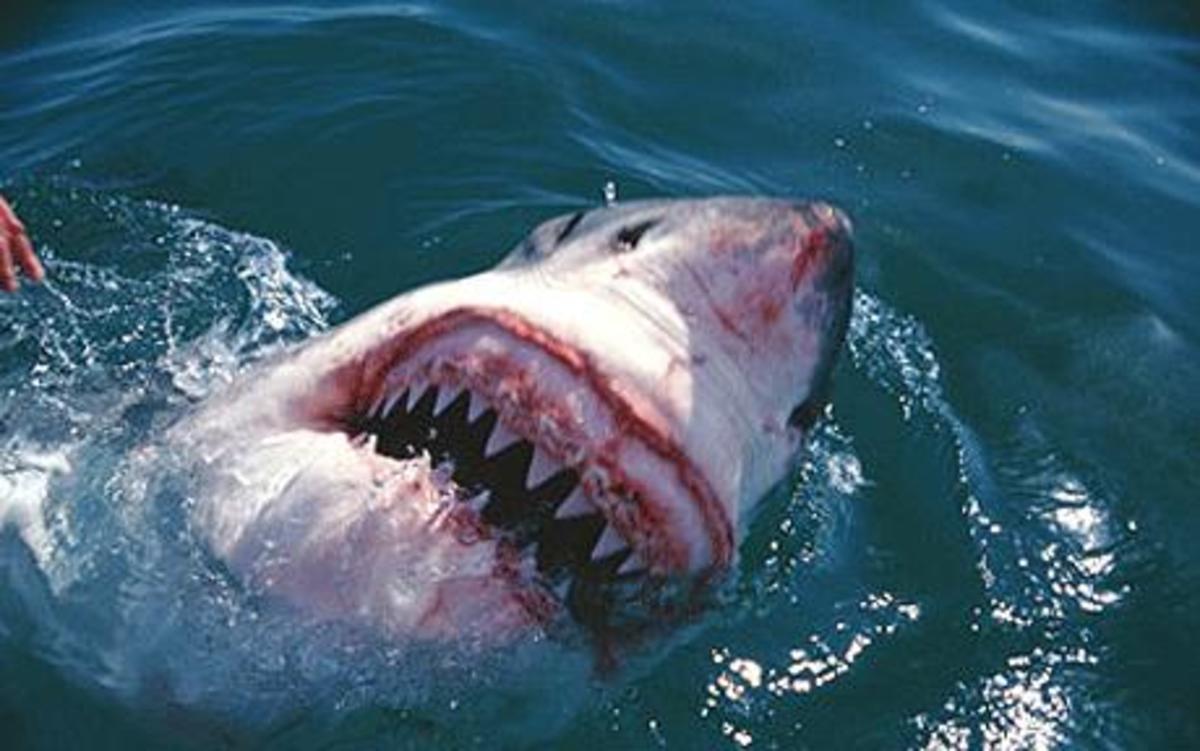The Shallows Isn't the Place You Want to Be, Unless It Is to View It in the Safety of a Movie Theater
The Shallows
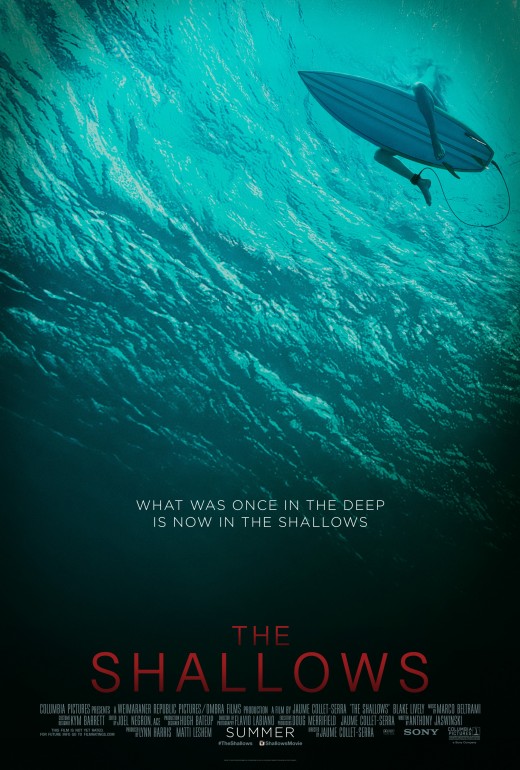
Credits
The Shallows: Rated “PG-13“ (1 h. 26 m.)
Starring: Blake Lively, Óscar Jaenada, Angelo Jose, Lozano Corzo, Jose Manual
Directed by: Jaume Collet-Serra
Great Sharks of the Past
Back in 1975 director Steven Spielberg handed us what has not only been universally hailed as the first blockbuster film, but has gone on to spawn a cottage industry of shark-phobia that has given us films ranging from the sublime (including three Jaws sequels, to The Deep Blue Sea), to the ridiculously absurd (including 3-Headed Shark Attack and the Sharknado series), to the Discovery Channel’s annual Shark Week. To be sure, while most of these films are admittedly knock-offs designed to separate rubes from their hard-earned cash, they have all helped fuel the urban myth that Shark attacks are a regular thing when the truth of the matter is that yo are more likely to be killed by a falling vending machine or an errant Champagne Cork than you are by a shark. However, after having watched this year’s “Jaws” film (The Shallows), we are not embarrassed to admit that we are never submerging ourselves in open water ever again, and we are including our own bathtub — seriously.
The Shallows
There are always Sharks out There
In an Open-Waters-meets-Jaws-type film we are treated to Nancy (Lively) who is dealing with the recent death of her mother has (much to her father’s chagrin) taken time off from Medical school to go surfing on an isolated beach in Mexico. She picked this particular beach because, according to family history, her mother, shortly after she had discovered that she was pregnant with Nancy, chose this particular beach to go surfing. When she discovers the beach she become excited that she found it and feels closer to her mother. While surfing, she meets up with a couple of locals who are also surfing and spends the rest of the afternoon sharing the waves with them.
That's a Big Fish
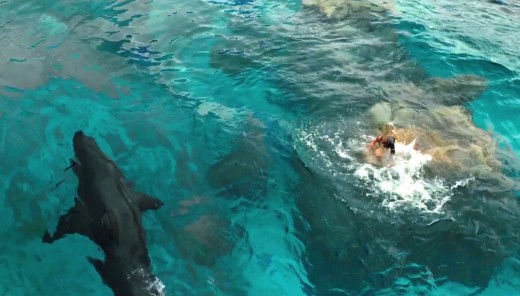
Fish or Cut Bait
When the pair finally leave they offer to take her with them, but she informs them that she wants to catch one more wave. This nearly proves to be her undoing, as she soon discovers that she is sharing the bay with a shark. As it turns out, the shark has been attracted to the area by the floating carcass of a dead whale. Now, however, with the tide going out and night falling she is trapped in the shallows with this very hungry shark, that has already taken a bite out of her. So, she is stranded some 200 yards off shore on a rock outcropping, which is all fine and good for the short term, but — hours later — the tide is coming back in and her safe perch is slowly submerging.
Not Jumping the Shark
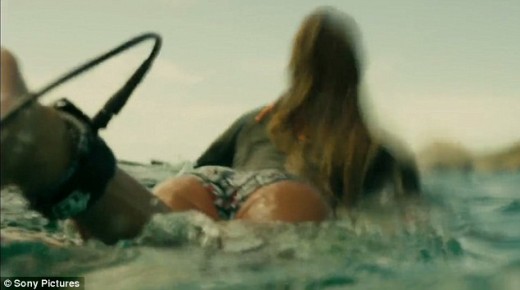
Top of the Food Chain
What she has to do and endure to stay alive and avoid getting eaten by the shark is as tense and powerful as any shark film we’ve ever seen (plus the shark looks way more realistic than anything Spielberg put on the screen). Though she is stranded only 200 yards from shore, Nancy's ingenuity, resourcefulness, and fortitude trigger her survival instincts which kick into high gear as she summons all of her abilities to attempt to survive the night and escape the predator that simply wants to feed. As stated at the onset, this film proved to be every bit as dramatic and spin-tingling as any of the better predecessors, and (if you, like this writer, want an excuse to never get in open water again, be our guest and check it out soon.
© 2016 Robert J Sodaro




